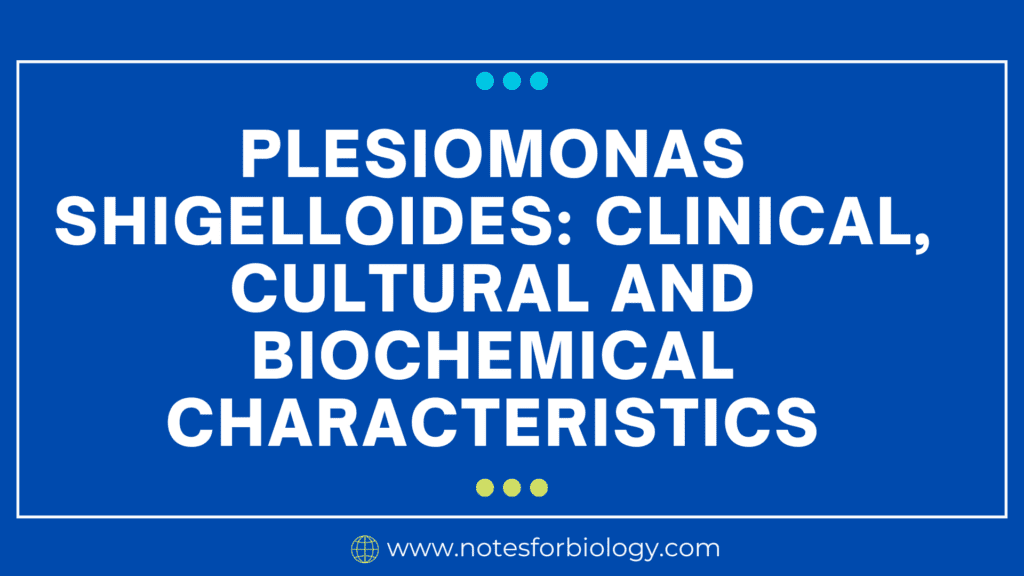What is Trichuris trichiura?

Trichuris trichiura, commonly known as the whipworm, is a parasitic roundworm that infects the human intestines. Trichuris trichiura is widespread parasite, affecting millions of people worldwide, particularly in areas with poor sanitation and hygiene. Understanding the life cycle, morphology, pathogenesis, transmission, diseases, diagnosis, and treatment of this parasite is crucial for effective control and management.
Table of Contents
Morphology
The whipworm gets its name from its distinct shape, resembling a whip. The anterior end is thin and thread-like, while the posterior end is thicker and contains the reproductive organs. The adult female can reach up to 5 cm in length, while the male is much smaller at around 3 cm.
Life Cycle of Trichuris trichiura
The whipworm’s life cycle is relatively simple and involves a single host – humans.
Infection
Humans become infected by ingesting infective eggs that are present in contaminated soil, food, or water.
Larval Development
Inside the small intestine, the eggs hatch and release larvae. These larvae migrate to the cecum, the first part of the large intestine, where they mature into adults.
Maturation and Reproduction
The adult worms embed their anterior ends into the intestinal mucosa, feeding on blood and tissue fluids.
Egg Production

Adult females produce thousands of eggs daily, which are released into the intestinal lumen and expelled in feces.
Contamination
These eggs can survive in the environment for months, becoming infective after a few weeks.
Pathogenesis
The whipworm’s presence in the intestines can cause various problems, leading to a condition called trichuriasis.
Mechanical irritation: The worms embed themselves into the intestinal wall, causing irritation and inflammation.
Nutrient absorption impairment: The worm’s feeding habits can lead to poor absorption of nutrients like iron and vitamin B12, potentially causing anemia.
Intestinal bleeding: The feeding process can lead to bleeding, potentially causing blood in the stools.
Mucosal damage: Chronic infection can cause significant damage to the intestinal lining, increasing susceptibility to other infections.
Mode of Transmission of Trichuris trichiura
The mode of transmission of Trichuris trichiura,
Fecal-oral route
The primary mode of transmission is through the ingestion of infective eggs, which are present in contaminated soil, food, or water.
Poor sanitation
Inadequate sanitation practices, including open defecation and poor handwashing, increase the risk of infection.
Lack of access to clean water
Drinking water contaminated with whipworm eggs can lead to infection.
Diseases
Trichuriasis: The most common disease caused by whipworm infection. Symptoms include abdominal pain, diarrhea, rectal prolapse, and anemia.
Appendicitis: In some cases, whipworms can migrate to the appendix, leading to appendicitis.

Intestinal obstruction: Heavy infections can lead to intestinal obstruction, requiring surgical intervention.
Diagnosis
Microscopic examination of stool: The most common and reliable method involves examining stool samples for whipworm eggs under a microscope.
Serological tests: These tests detect antibodies against whipworm antigens in the blood, but they are less sensitive and specific than stool examination.
Treatment
Antiparasitic medications: Drugs like albendazole and mebendazole are effective in treating whipworm infections. These medications work by killing the adult worms.
Improved sanitation: Promoting good sanitation practices, including regular handwashing, proper toilet facilities, and safe disposal of feces, is crucial for preventing infection.
Nutritional support: Supportive measures include iron and vitamin B12 supplements to correct nutrient deficiencies caused by the infection.
In Conclusion
Trichuris trichiura, while a common parasite, can cause significant health problems. Understanding its life cycle, pathogenesis, and transmission is essential for effective control and treatment. Promoting good sanitation practices and access to clean water, along with effective treatment options, are crucial steps in reducing the burden of whipworm infection globally.
Frequently Asked Questions(FAQ)
Write about sanitation?
The terms “sanitary” and “safe” waste disposal and clean water pertain to public health. It includes procedures, setups, and resources that support a healthy atmosphere and stop the spread of illness.
What is larva?
A larva is an animal in its immature stage that experiences metamorphosis, a dramatic transformation of its form and structure. It usually differs greatly from the adult form in terms of behavior as well as appearance.
Related Articles




